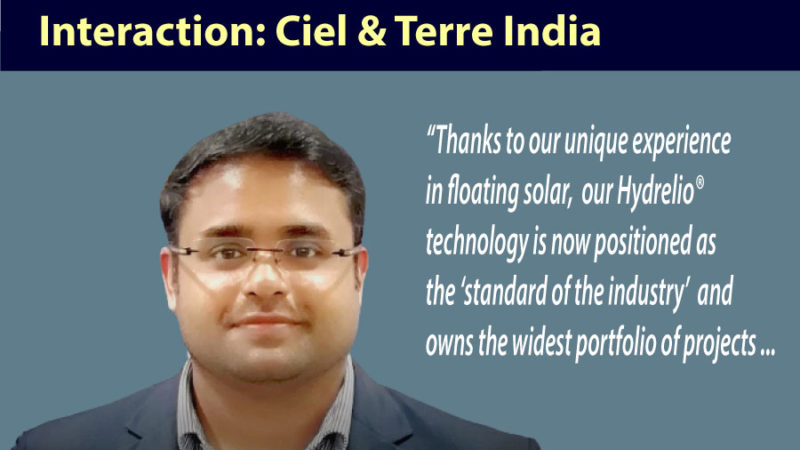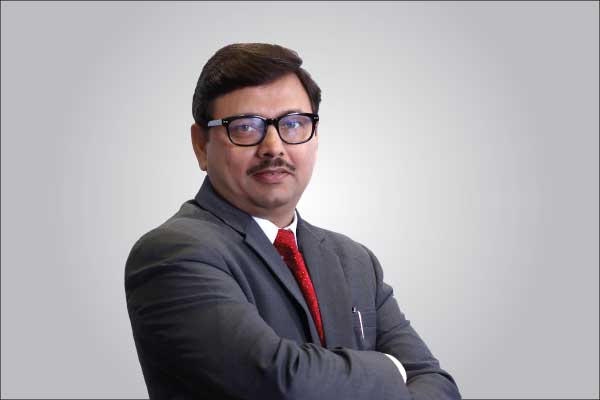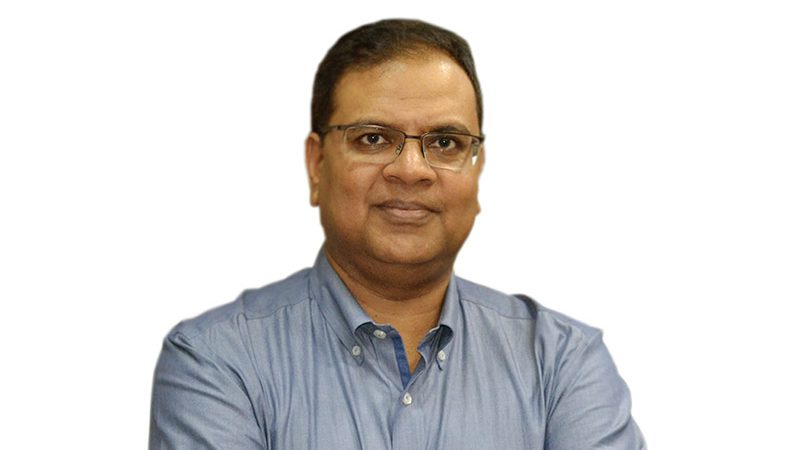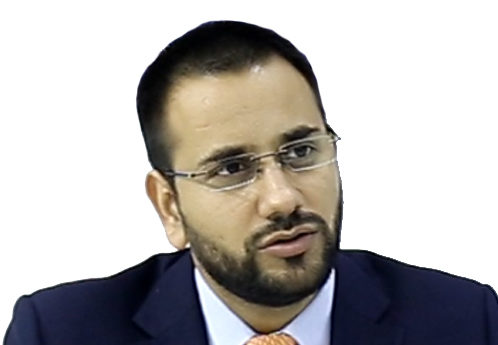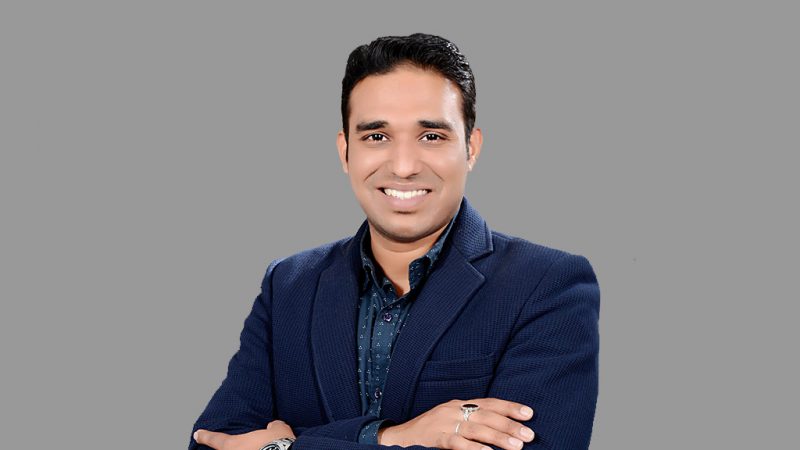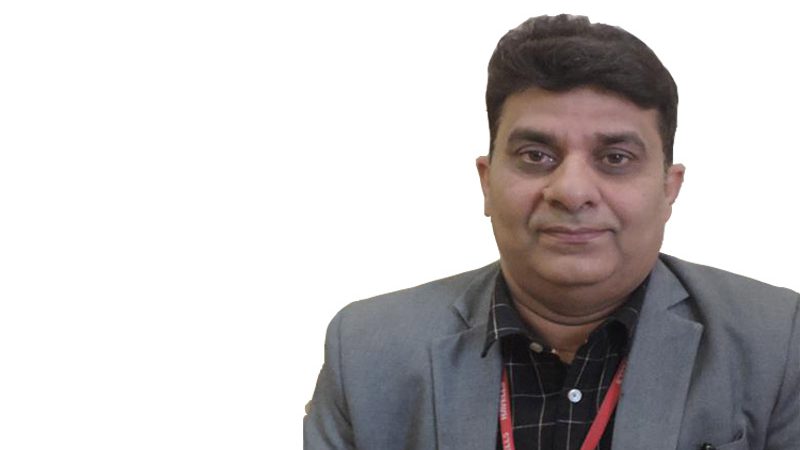Interview: Anurag Garg – VP Solar Business – Schneider Electric India
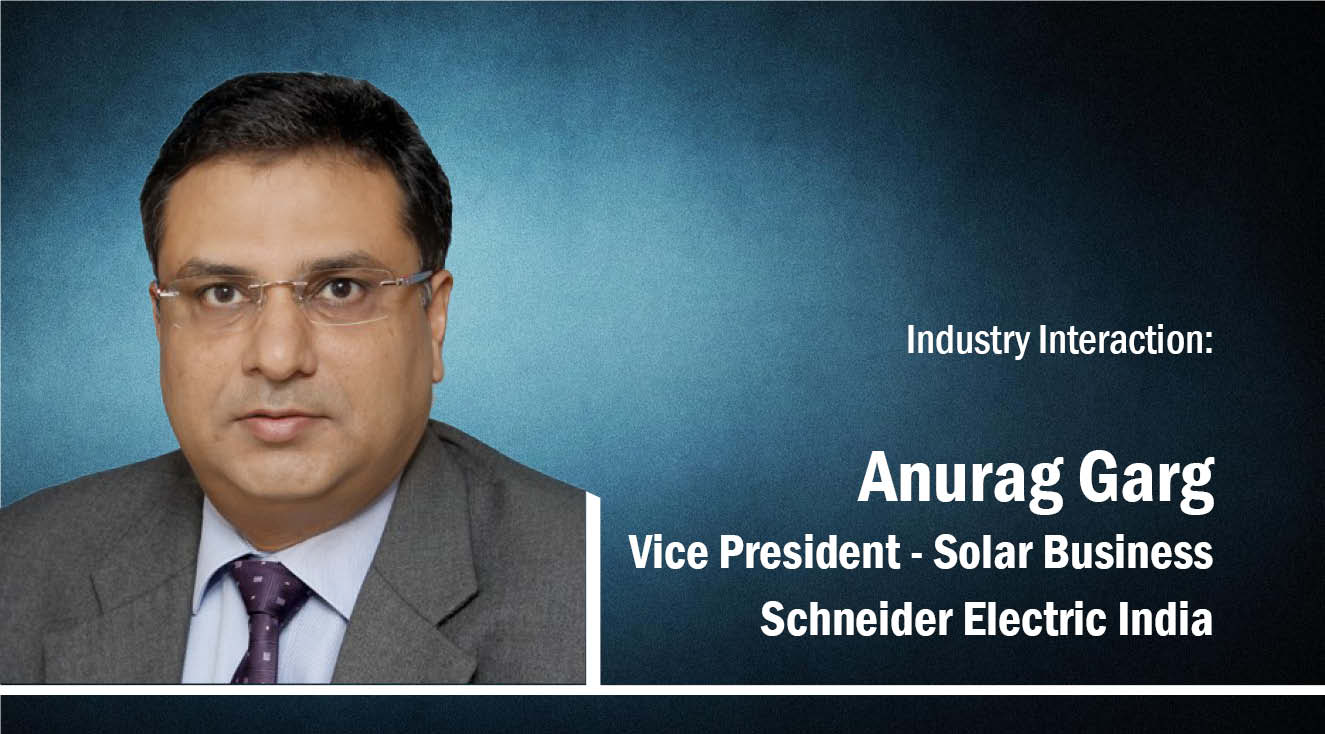
Throw some light on the current size and the growth seen in the solar inverter market in India? What are some of the key market trends?
The global solar photovoltaic (PV) inverters market is anticipated to capture an aggregate market value of over $22 billion during the period 2018-2022. In terms of market share – China, US, and India were the top countries and collectively they held over 70% of the global market share in 2017 with respect to installed capacity.
China led the solar PV inverters market globally with 41 GW of installations in the year 2017 wherein it held over 49% of the global market share. The US emerged as second-largest market globally for solar PV inverters in 2017, registering 13.2 GW. It accounted for more than 15% of the global market during the year. India ranked third, next to the US, with a market volume of 8.07 GW in 2017, accounting for nearly 9.6% of the global market. The PV inverter market in India and other emerging markets like South Korea and Brazil is expected to further gain momentum as a result of the growing power demand in these countries and their commitment to shift towards clean energy.
The solar inverter market is extremely competitive characterised by shrinking margins and new players. In this environment, it is important for the manufacturers to stay ahead of the competition curve through regular upgradation and by leveraging advancements in technology. Technology trends such as DC/AC ratio optimisation, increased voltages and neutral point clamped topology are a few of the means that global inverter manufacturers are adopting. This helps in keeping the costs down and increasing efficiency.
How do you look at the competition in this space? What are your plans and strategies to stand out of the crowd?
Solar inverter market is extremely competitive and to stand ahead of the competition across business verticals, some of our focus areas include:
• Solution view: Our products are always part of a modular system: electrical, mechanical, digital. The sum of the parts always work better together from a customer application perspective.
• Digital: We work with our entire ecosystem to ensure all Schneider Electric products are connected with open protocols and cybersecurity integral to the design. In this endeavor, we have developed an innovative platform – EcoStruxureTM. The EcoStruxure architecture enables the ability to create an interoperable and open platform which is IoT enabled.
• Innovative, Simple & Easy: Simplicity and ergonomic design are mandatory in all our offers that are intuitive and easy to design, commission, install, operate, and service
• Services: We are partner for our customers and customer satisfaction is paramount to us. Deployment of our best-in-class solutions and products are followed by world class quality service across countries.
Tell us about your company’s product offering in PV inverter segment and your current manufacturing capacity? Also, brief us on some of the product’s salient features that will give it an edge in the Indian solar market?
At Schneider Electric, we offer inverters for different applications from utility-scale power plants, de-centralised solar farms, residential and battery backup.
The Conext SmartGen inverter is a 1,500 V cloud-connected power conversion platform for utility-scale renewable power and energy storage with unmatched reliability, lower total cost of ownership and faster return on investment. It combines the best in power conversion technology with Industrial Internet of Things (IIoT) to provide a better levelized cost of energy. It highlights 30+ year service life, with a predictive maintenance feature that reduces maintenance costs by making decisions based on actual operating conditions.
The Conext CL-60 string inverter is the ideal solution for decentralized power plants and large commercial buildings, offering a highly integrated configurations, easy installation, commissioning and services, and world-leading efficiency performance.
The Conext XW+ hybrid inverter/charger is a complete solution for grid-interactive and off-grid, residential and commercial, solar and backup power applications. The flexible architecture supports single or three-phase off-grid systems from 7.0 kW to 76.5 kW. It also supports charging of lithium ion battery packs.
We seek to provide our customers with tailored and optimised solutions for their needs. Our cloud-based monitoring software allows us, in combination with our other services, to deliver greater efficiency than our competitors. We are able to help our customers analyse their data and optimize their parameters for increased profitability.
In your view, what are some of the key challenges in the market?
Some of the key challenges that are faced by the solar inverter segment are:
Bankability – Bankability of Inverter supplier is extremely critical for solar plants as they need to last for 25-30 years. Therefore, Inverter is critical for the Plant operation & life, making it important to choose a bankable supplier. Schneider Electric is a 181 Year-old company, global business operating in over 100 countries, having dedicated business for Solar & we have the scale to support installation anywhere.
Incorrect installation: Construction of Solar inverters is generally outsourced to EPC companies which in turn appoints installers for final installation. In this perspective, the installers’ expertise plays a pivotal role in ensuring correct installation of the inverters. A common problem that occurs in the installation process is the incorrect programming of the invertors. At Schneider Electric, considering the criticality, we have a dedicated team who verifies all the parameters and make sure the EPC have correctly installed all the solution. We offer this service to our customers to ensure they have the insurance of a leading partner.
Overheating: Solar inverters made up of electronic components are sensitive to temperatures. High temperatures will lead to a significant reduction in production, and can even result in a production stop if the maximum operating temperature is reached. It is therefore, imperative to asses and install cooling technology in the production line to achieve maximum output. At Schneider Electric, Our Smart gen range of inverters have double circuit cooling and high flow low pressure system, to address the cooling requirements of Inverters due to high power, in most stringent weather conditions around the globe and especially in India.
Isolation Fault: Isolation Fault is a result of a short-circuit between various parts of the circuit. The short-circuit is usually the result of a combination of moisture and damage to the sleeve on the cabling, faulty installation, poor connection of the DC cables to the panel. In the event of an isolation fault, the inverter will work at the minimum “required” isolation level or will stop working which leads to a loss in production. Special emphasis therefore should be laid on procuring high quality DC cables and ensuring their correct installation. Inverters should have a robust DC protection which is supported by DC fuses and DC motorized Air Circuit Breakers(ACB) to add to the safety, reliability and protection of the equipment.
Ingress Protection(IP) of the Inverters – In India, Solar plants are generally developed in areas with high radiation which generally have harsh external environments like deserts or coastal areas, and thus it is very important that the Inverters, especially, Outdoor type in Large Power Plants have the right level of IP Ratings for protection from any extreme weather condition, for safety, as well as ensure performance of plant and its life. Our design for Outdoor Inverters takes into consideration such arid and harsh external environments, and therefore are 1500V Solar Central Inverters (Smart Gen) are rated IP65/NEMA4X to suit all kinds of environments with Aluminum enclosure.
What are your future plans?
We have been working towards ensuring energy efficiency while honoring individual’s right to clean, safe and reliable, sustainable and un-interrupted power. Today we are adding our competencies in the IoT space through digitisation and advisor software for better anticipation. Hence, digitisation will remain at the core of our strategy and we will continue addressing the energy dilemma of our country through our various products and solutions. Almost all energy equipment of the future will demand system-on-chip technologies; when we integrate energy, automation and software with connectivity, we drive greater energy and process optimisation.
Our focus thus will be on Innovation at every level to transform the places where we live, work and play riding on the wave of the Internet of Things, making everyone and everything more connected. Finally, we define projects in the context of an access to energy program that allows people who do not have electricity to be able to obtain solar energy. Life is On.


